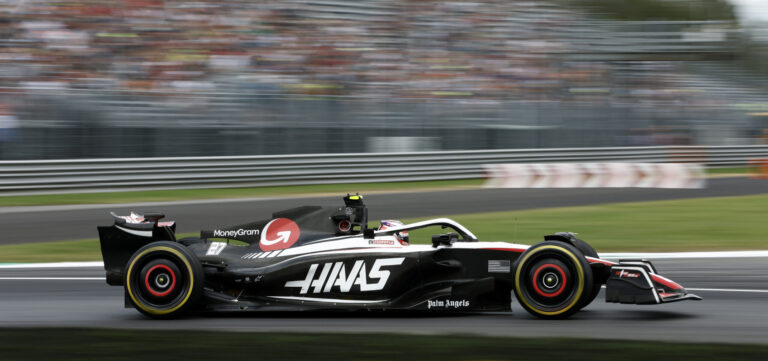Sports sponsorship can be a powerful marketing strategy for businesses looking to increase brand visibility, reach a wider audience, and enhance their reputation. However, determining the right budget for a sports sponsorship can be a challenging task. Allocating too little budget might limit the impact of your sponsorship, while overspending can strain your resources without delivering the desired returns. In this article, we will provide valuable insights and practical tips to help you define the sports sponsorship budget.
Set Clear Objectives: Before deciding on a budget, it is crucial to establish clear objectives for your sports sponsorship. Consider what you aim to achieve through the sponsorship, such as increasing brand awareness, driving sales, or targeting a specific audience. Your objectives will influence the scope and scale of your sponsorship, ultimately impacting the budget you should allocate.
Conduct Market Research: Thorough market research is vital to gain insights into the sports landscape and evaluate potential sponsorship opportunities. Analyze relevant sports events, teams, athletes, and their fan base to identify the most suitable sponsorship options for your brand. Look at previous sponsorship campaigns and their outcomes to understand the potential impact on your business.

Assess Target Audience: Understanding your target audience is key to a successful sports sponsorship. Evaluate the demographics, interests, and preferences of your target market to identify sports properties that align with their interests. Sponsoring events or teams that resonate with your audience can maximize the impact of your investment.
Consider Reach and Exposure: When determining the budget for a sports sponsorship, consider the reach and exposure you will receive. Evaluate the viewership, attendance, media coverage, and online engagement associated with the sports properties you are considering. A sponsorship with higher reach and exposure will likely require a higher budget but can yield greater visibility for your brand.
Evaluate Competitor Sponsorships: Analyze the sponsorships of your competitors within the sports industry. This research will provide insights into the strategies they employ and the level of investment they commit to sponsorships. By benchmarking against competitors, you can gain a better understanding of the industry norms and make informed decisions about your own sponsorship budget.

Assess Available Resources: Take stock of your company's available resources and budgetary constraints. Consider the financial capabilities of your organization and identify an amount that is realistic and manageable. It's important to strike a balance between investing enough to achieve your objectives and ensuring your sponsorship doesn't overly strain your resources.
Track ROI and Performance Metrics: To ensure the effectiveness of your sponsorship, establish key performance indicators (KPIs) and metrics to track the return on investment (ROI). Measure the impact of your sponsorship on brand awareness, customer engagement, website traffic, social media following, and sales. Continuously evaluate the performance of your sponsorship to make adjustments and optimize your budget allocation in future campaigns.
Defining the right budget for a sports sponsorship requires careful consideration of various factors, including objectives, market research, target audience, reach and exposure, competitor analysis, available resources, and ROI tracking. By following these guidelines, you can make informed decisions about your sponsorship budget, maximizing the benefits for your brand. Remember, a well-planned and effectively executed sports sponsorship can drive significant business growth and enhance your brand's reputation within the sports industry.







